In the rapidly evolving construction industry, understanding the true value of prefabricated abutment cost is essential for stakeholders looking to optimize both budget and performance. Prefabricated abutments offer a modern solution that not only streamlines the construction process but also presents significant long-term financial benefits. This article will delve into the key factors that influence prefabricated abutment costs and highlight the long-term savings they can unlock for construction professionals.
Unlocking Savings: An In-Depth Look at Prefabricated Abutment Cost vs. Traditional Construction
In the realm of construction, the choice between prefabricated and traditional methods can significantly impact project timelines, budgets, and overall efficiency. Prefabricated abutments, a crucial component in bridge and structure construction, have gained popularity due to their potential for cost savings and speed of assembly. This article will explore the cost comparison between prefabricated abutments and traditional construction methods, highlighting key factors that influence overall expenses.
Understanding Prefabricated Abutments
Prefabricated abutments are pre-engineered components manufactured off-site and transported to the construction location for assembly. This method allows for precise engineering, reduced construction time, and minimized on-site labor. In contrast, traditional abutment construction involves on-site casting and assembly, which can be time-consuming and labor-intensive.
Direct Cost Comparison
Material prefabricated abutment cost
Prefabricated Abutments: The manufacturing process allows for bulk purchasing of materials, often resulting in lower costs per unit. Additionally, standardized designs can minimize waste.
Traditional Methods: Material costs can be higher due to the need for diverse materials and potential waste from on-site adjustments.
Labor Costs
Prefabricated Abutments: Reduced on-site labor is a significant advantage. Assembly requires fewer workers and less time, resulting in lower labor costs overall.
Traditional Methods: Typically require more on-site labor for tasks like formwork, pouring concrete, and curing, leading to higher labor expenses.
Time Efficiency
Prefabricated Abutments: The speed of assembly can lead to reduced project timelines. Faster completion can minimize indirect costs, such as equipment rental and overhead.
Traditional Methods: Longer construction times can delay project completion, increasing overall costs.
Indirect Costs
Site Preparation
Prefabricated solutions often require less extensive site preparation, which can translate to lower site development costs.
Traditional methods may need more extensive excavation and preparation, raising initial costs.
Long-Term Considerations
Maintenance Costs
Prefabricated abutments often utilize high-quality materials that can lead to lower maintenance costs over time.
Traditional methods may require more frequent repairs and upkeep, increasing long-term expenditures.
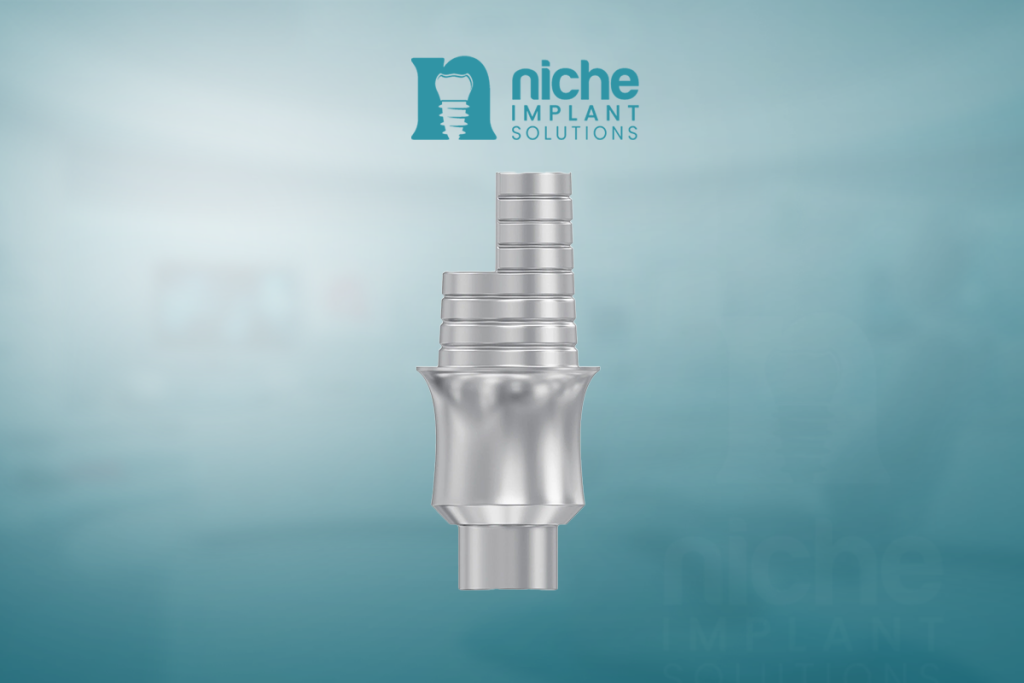
Resale Value
Structures built with prefabricated components can have a higher resale value due to their modern construction techniques and efficiency.
Traditional methods may not offer the same appeal in terms of longevity and modernity.
In summary, the comparison of prefabricated abutment cost vs. traditional construction highlights significant savings and efficiency gains. Prefabricated abutments streamline timelines, reduce labor and material expenses, and enhance overall quality. As stakeholders recognize their long-term financial benefits, including lower maintenance costs, these solutions are becoming the preferred choice in modern construction. Embracing prefabricated abutments not only unlocks substantial savings but also supports sustainable practices, making them a smart investment for future projects.
Understanding the Factors Influencing Prefabricated Abutment Cost
Prefabricated abutments have become a popular choice in modern construction due to their potential for time and cost savings. However, the overall cost of these structures can vary significantly based on several key factors. Understanding these influences can help stakeholders make informed decisions during the planning and budgeting phases of a project.
Material Costs
The choice of materials is one of the most significant factors affecting the cost of prefabricated abutments. Various materials offer different benefits and price points:
- Concrete vs. Steel: Concrete is commonly used for its strength and durability, while steel can offer lighter weight and increased resistance to environmental factors. However, steel typically comes at a higher initial cost.
- Quality of Materials: Higher-grade materials may incur a premium but can lead to lower maintenance costs and longer lifespans.
- Local Availability: The cost of materials can fluctuate based on local availability and market demand. Sourcing materials locally can reduce transportation costs, contributing to overall savings.
Design Complexity
The complexity of the abutment design significantly impacts prefabricated abutment cost :
- Standard vs. Custom Designs: Standard designs are generally less expensive because they utilize existing templates and require less engineering. Custom designs, while tailored to specific project needs, often require more engineering hours and increased material costs.
- Load Requirements: Abutments designed to support heavier loads or unique structural demands may necessitate additional reinforcement, increasing material and labor costs.
- Architectural Features: Decorative elements or specialized finishes can add to the overall expense. While they may enhance aesthetics, they should be weighed against budget constraints.
Also look: Dental Implant Success Rate After 10 Years: Key Factors and Long-Term Benefits
Labor Costs
Labor is a critical component in determining the overall cost of prefabricated abutments:
- On-Site Assembly: While prefabrication minimizes on-site labor, skilled labor is still required for assembly. The cost of skilled workers can vary based on region and availability.
- Manufacturing Location: Labor costs at the manufacturing facility can also influence the price. Locations with higher wages will contribute to increased costs.
- Training and Expertise: If the assembly requires specialized knowledge or techniques, training costs may need to be factored in.
Regulatory and Environmental Considerations
Adhering to local regulations and environmental standards can influence the cost of prefabricated abutments:
- Permitting: The cost of obtaining necessary permits and meeting local codes can add to project expenses.
- Sustainability Requirements: Projects that prioritize sustainability may incur additional costs for eco-friendly materials or construction practices, impacting the overall budget.
Understanding the factors influencing prefabricated abutment cost is essential for effective project management and budgeting. By carefully considering material choices, design complexity, labor costs, transportation, project scale, and regulatory requirements, stakeholders can optimize their approach and potentially realize significant savings. As the construction industry continues to evolve, embracing prefabrication may provide not only financial benefits but also greater efficiency and sustainability in building practices.
Analyzing Prefabricated Abutment Cost: Long-Term Financial Benefits
In the evolving landscape of construction, understanding prefabricated abutment cost is crucial for making informed decisions. These pre-engineered components are gaining attention not only for their efficiency but also for their potential to yield long-term cost savings. This article explores how prefabricated abutments can lead to significant financial benefits over the lifespan of a project, focusing on maintenance costs, construction time, and overall project efficiency.
Reduced Construction Time
One of the most immediate advantages of prefabricated abutments is the reduction in construction time:
- Speed of Assembly: Prefabricated components are manufactured off-site and delivered ready for installation. This drastically cuts down on-site construction time, allowing projects to progress more swiftly and impacting the overall prefabricated abutment cost.
- Minimized Weather Delays: Much of the work occurs in a controlled environment, significantly reducing the likelihood of weather-related delays. This efficiency can lead to quicker project completions, minimizing overhead costs related to extended project timelines.
Lower Labor Costs
The use of prefabricated abutments can result in significant labor savings:
- Fewer On-Site Workers: With prefabricated components, the need for a large workforce on-site is diminished. Fewer workers translate to lower labor costs, positively affecting the prefabricated abutment cost.
- Simplified Installation: The ease of installation reduces the complexity of the construction process, allowing for less skilled labor to be utilized and further driving down labor costs.
Maintenance Savings
Long-term maintenance prefabricated abutment cost, associated with prefabricated abutments can be considerably lower compared to traditional construction methods:
- Durability and Quality: Prefabricated components are often made with high-quality materials designed for longevity, resulting in structures that require less frequent repairs and replacements.
- Less Wear and Tear: Prefabricated abutments are built to withstand environmental stresses and load demands, which can lead to significant savings in maintenance budgets over time.
Lifespan and Performance
Investing in prefabricated abutments can enhance the overall lifespan and performance of a structure:
- Extended Lifespan: Quality prefabricated materials can prolong the lifespan of the abutment, leading to fewer replacements over time and reducing lifecycle costs, further impacting the prefabricated abutment cost.
- Consistency in Performance: The precision of prefabrication ensures consistent quality, which can improve the overall performance of the structure and reduce the likelihood of costly failures.
Enhanced Project Efficiency
Using prefabricated abutments can lead to greater overall project efficiency:
- Streamlined Processes: Integrating prefabricated components into construction workflows can reduce bottlenecks and improve overall project management.
- Predictable Budgeting: A clearer understanding of prefabricated abutment cost associated with prefabricated materials allows project managers to develop more accurate budgets and timelines, minimizing unexpected expenses related to prefabricated abutment cost.
The long-term savings associated with prefabricated abutment cost are compelling, highlighting their role as a smart investment in modern construction. From reduced construction and labor costs to lower maintenance expenses and enhanced efficiency, these components offer significant financial advantages over traditional methods.
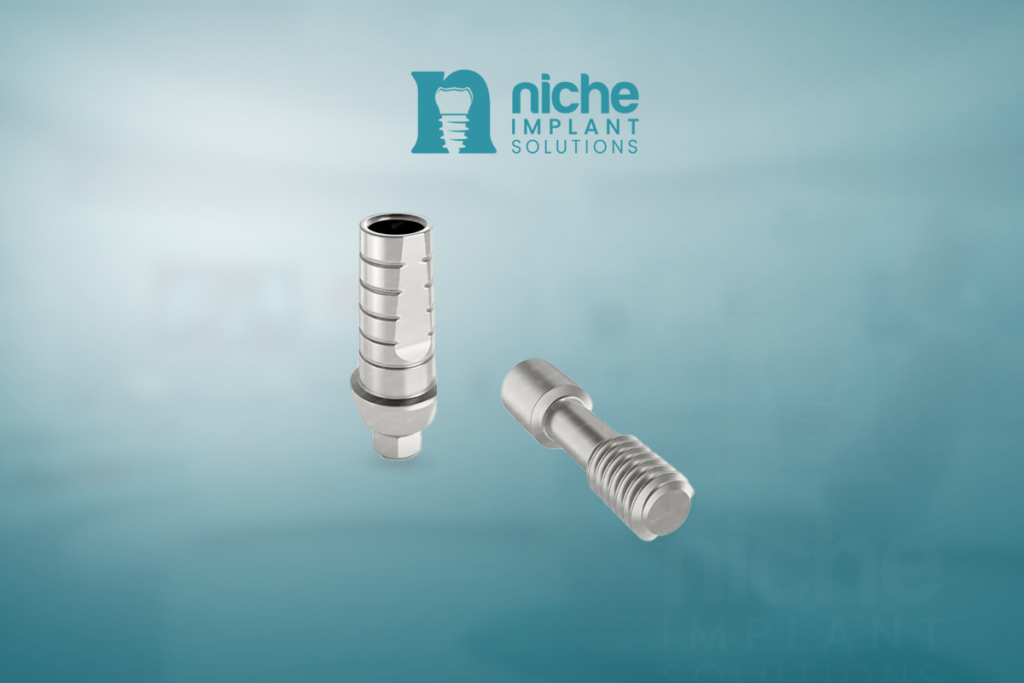
Niche Dental Solutions: The Leader in Prefabricated Abutments
In the competitive landscape of dental solutions, Niche Dental Solutions has emerged as the premier provider of prefabricated abutments. Known for their commitment to quality and innovation, the company has set a benchmark in the industry by delivering precision-engineered components that cater to the diverse needs of dental professionals.
Unmatched Quality and Precision
Niche Dental Solutions prides itself on using advanced manufacturing techniques and high-quality materials to produce prefabricated abutments. Each product undergoes rigorous quality control to ensure it meets the highest standards, providing dental practitioners with reliable and durable components.
Customization and Versatility
Understanding that each patient has unique needs, Niche Dental Solutions offers a wide range of customizable options. Their prefabricated abutments are designed to fit various implant systems, allowing for seamless integration into existing workflows and enhancing the overall patient experience.
Commitment to Innovation
Innovation is at the core of Niche Dental Solutions. The company invests in research and development to stay ahead of industry trends, ensuring that their products incorporate the latest advancements in dental technology. This commitment enables them to continuously improve the performance and efficacy of their prefabricated abutments.
Exceptional Customer Support
Niche Dental Solutions not only focuses on producing top-quality products but also prioritizes customer satisfaction. Their dedicated support team is always ready to assist dental professionals, providing expert guidance and resources to ensure optimal use of their products.
When it comes to prefabricated abutments, Niche Dental Solutions stands out as the best company in the market. With a focus on quality, customization, innovation, and exceptional customer service, they empower dental professionals to deliver the best care to their patients. Choosing Niche Dental Solutions means investing in reliable, high-performance components that enhance dental practice and patient outcomes.
Contact Niche Dental Now : Experience the Difference
Call us on : +201011687002
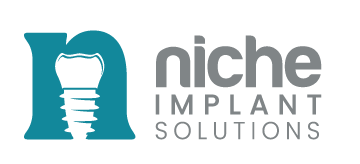
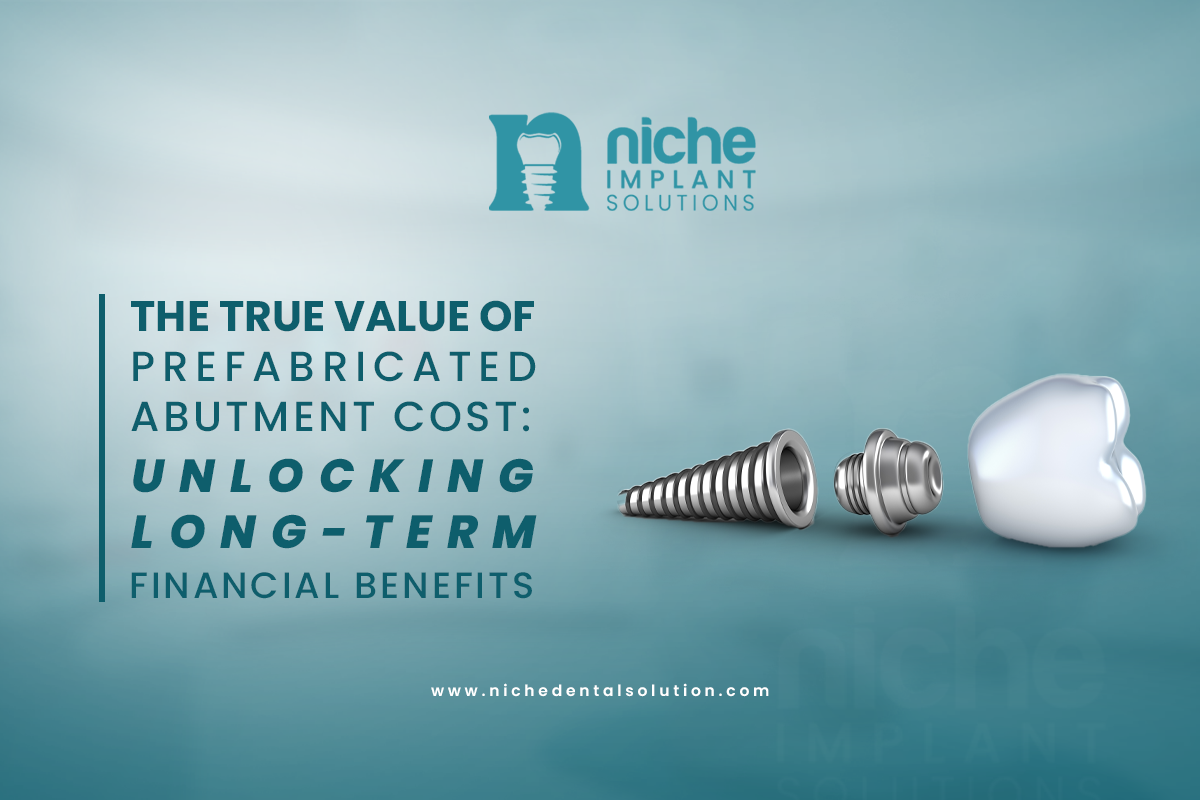
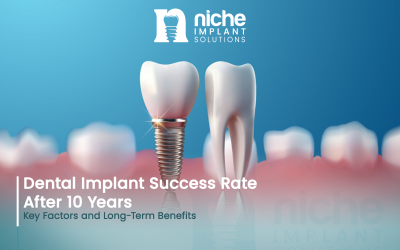
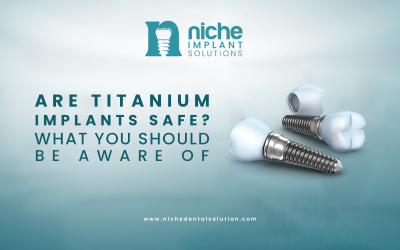
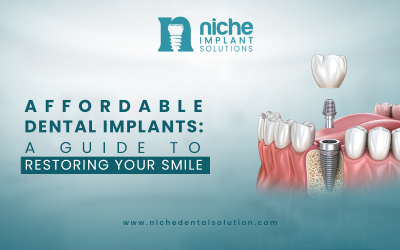
0 Comments